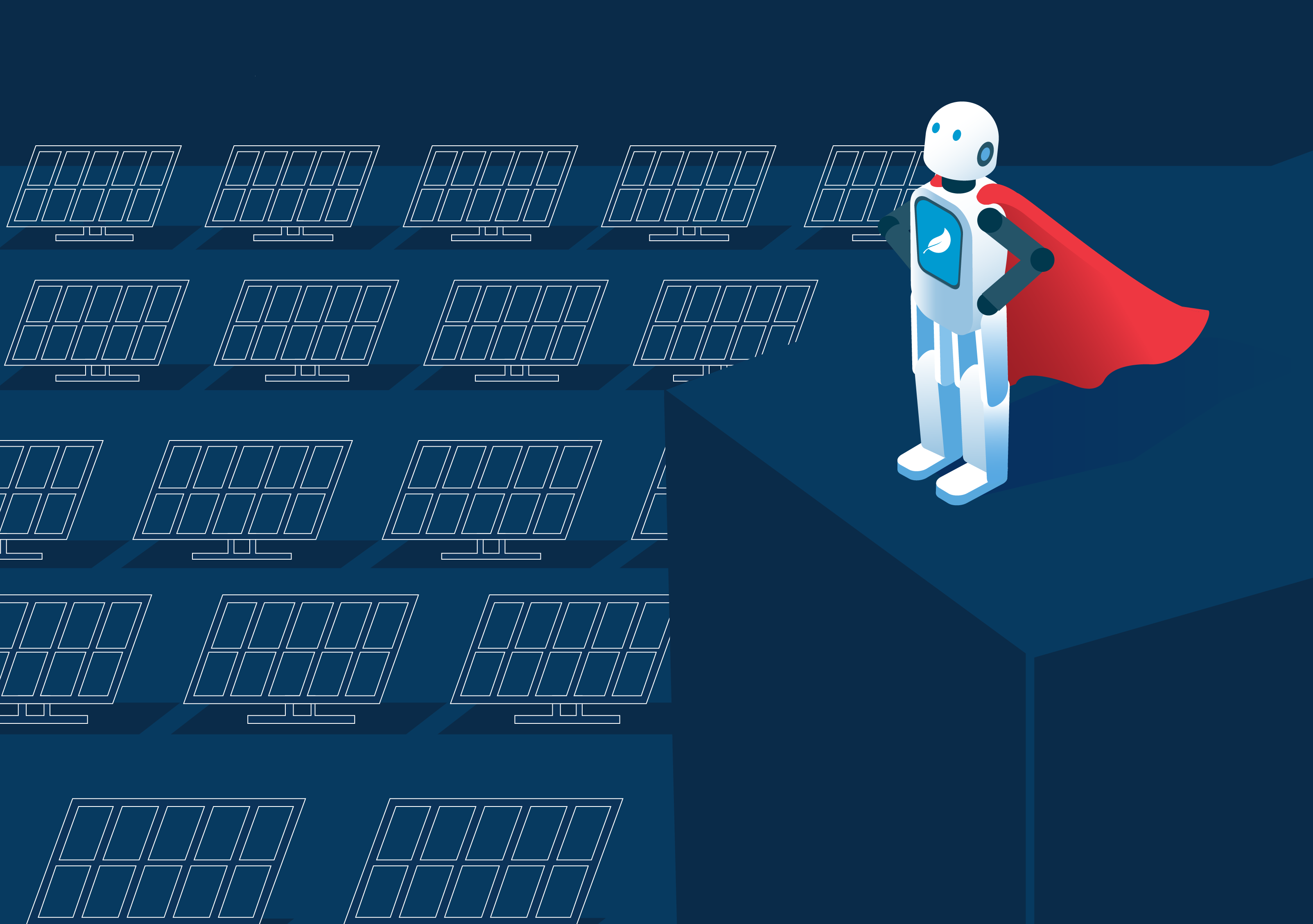
As the UK’s 2020 Robot Week comes to a close it is a good opportunity to reflect on how the industry has evolved in the few short months since the outbreak of the COVID-19 virus. Three things are clear to me.
The general public are more aware of, and potentially more comfortable with, robots working around them. Some will have witnessed robots in hospitals, workplaces or on the streets. News stories will have reached millions more. All will have seen the ways in which robots can successfully complete tasks that are dangerous, time intensive or mundane for humans to do. As a result, more people have a better idea of what robots look like, and what they can and cannot do. This will help challenge the stereotypical, sci—fi inspired super-humanoid robot image. For robots to fulfil the potential to deliver significant good, it is important that people are comfortable and trust them as they increasingly work among us. For many, the COVID-19 crisis has been an important step in building that trust.
It is also clear that many more businesses are now considering ways in which robots and autonomous solutions can deliver value in their processes. This is already fuelling demand for more robots, and more types of robots. Our industry needs to respond quickly to capitalize on this renewed interest. We need to work together to get robots to market faster. This means shortened design-cycles, more efficient development and manufacturing processes and approaches that re-use and repurpose core elements. SLAMcore has argued for some time that the industry needs to evolve from designing in silos where every team builds their own solution, and makes their own mistakes, to create a supply-chain ecosystem. A network of specialists who solve specific problems and license solutions for integration into designs will rapidly provide solutions for a growing number of requirements. It is beginning to happen, and certainly we are having more conversations with robot designers than ever before, but it needs to happen across the industry and for all elements of robot design.
My final observation builds on this. We are still a small industry and we need to grow. This means attracting more people with a wide range of skills. Designing robots and systems like VisualSLAM is complex. We are fortunate in that we have some of the greatest minds in the SLAM world working for us and these PhDs are leading the way in solving the hard problems of SLAM. But the industry needs more people skilled in computer science, maths and engineering to support them and industrialise the processes. For robots to live up to the potential expected the industry needs to develop STEM skills and do more to promote them from an early age. This is where programmes like the RAS Robot Week are so important. Children starting school now will almost certainly see robots working around them every day when they reach working age. Jobs involving the design, development, deployment, management and maintenance of autonomous systems will be sought after so it makes sense to encourage interest in the building-blocks of these careers now.
As the world battles COVID-19 robots have suddenly become a far more common sight for many – the crisis has given us a sneak peek at a future in which robots working among us is normal. The value of this ‘normalisation’ should not be underestimated. The future will see a great many more robots in new and widespread scenarios. The industry needs to capitalize on this moment in time to ensure that it can deliver on these newly raised expectations.
🤖
Read more at blog.slamcore.com

